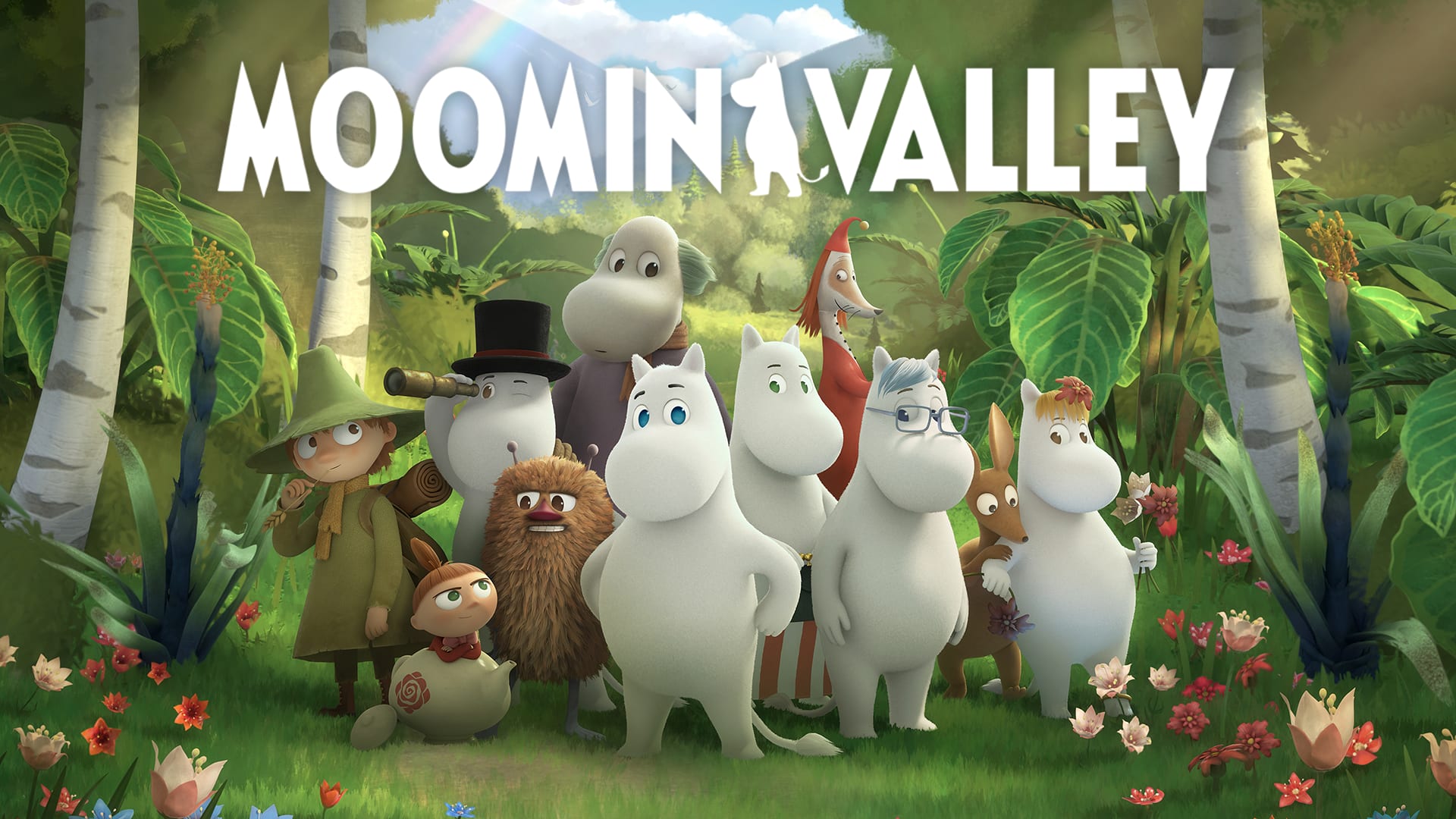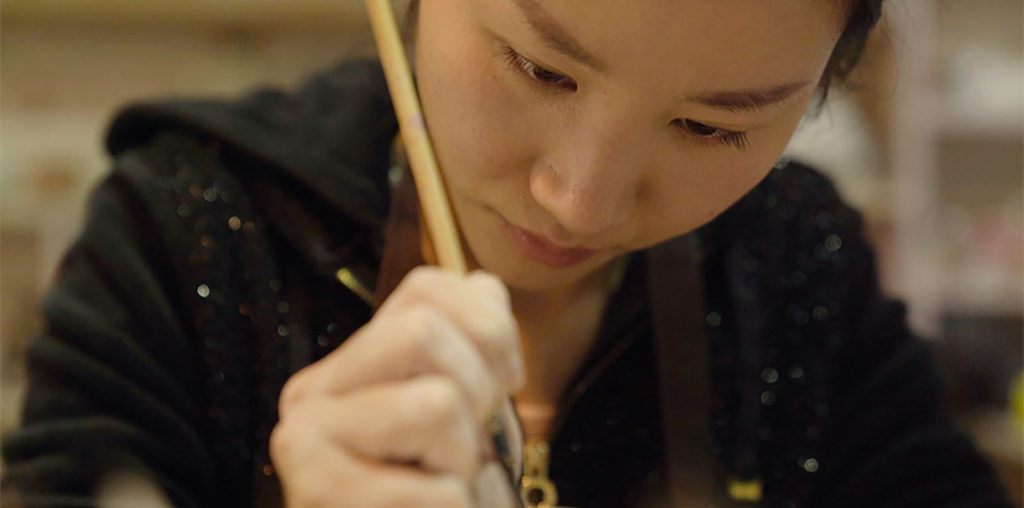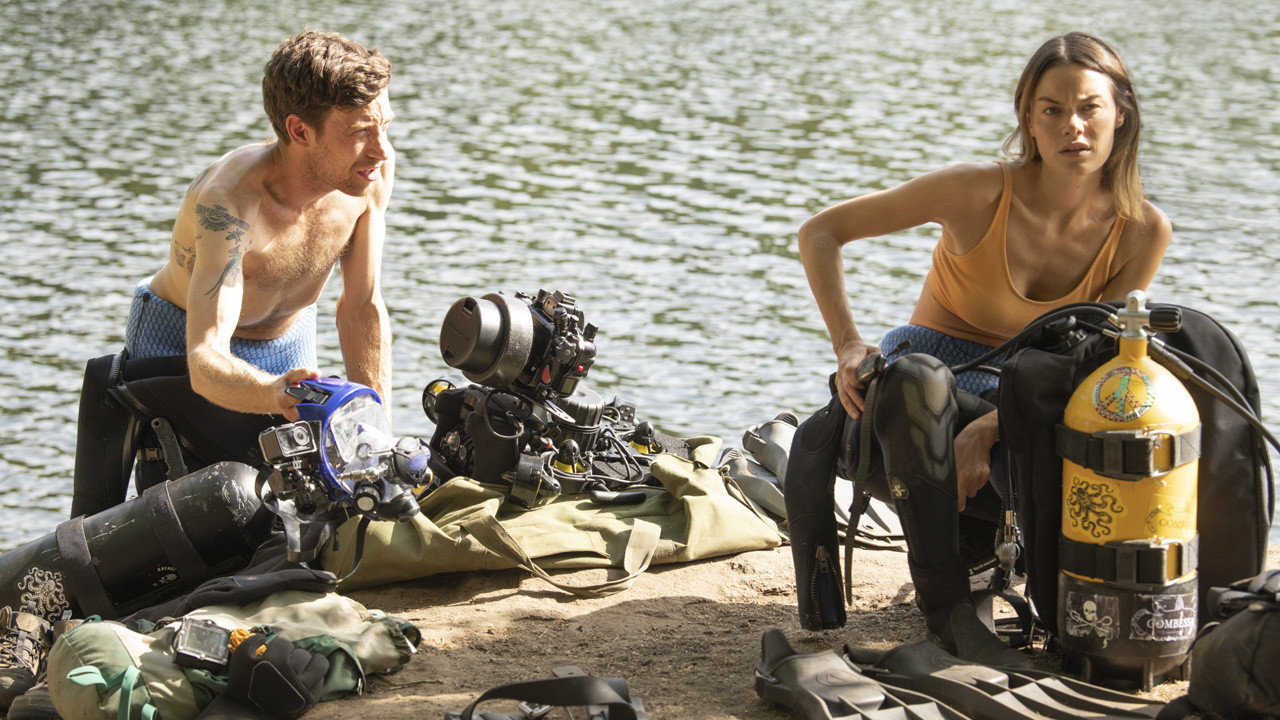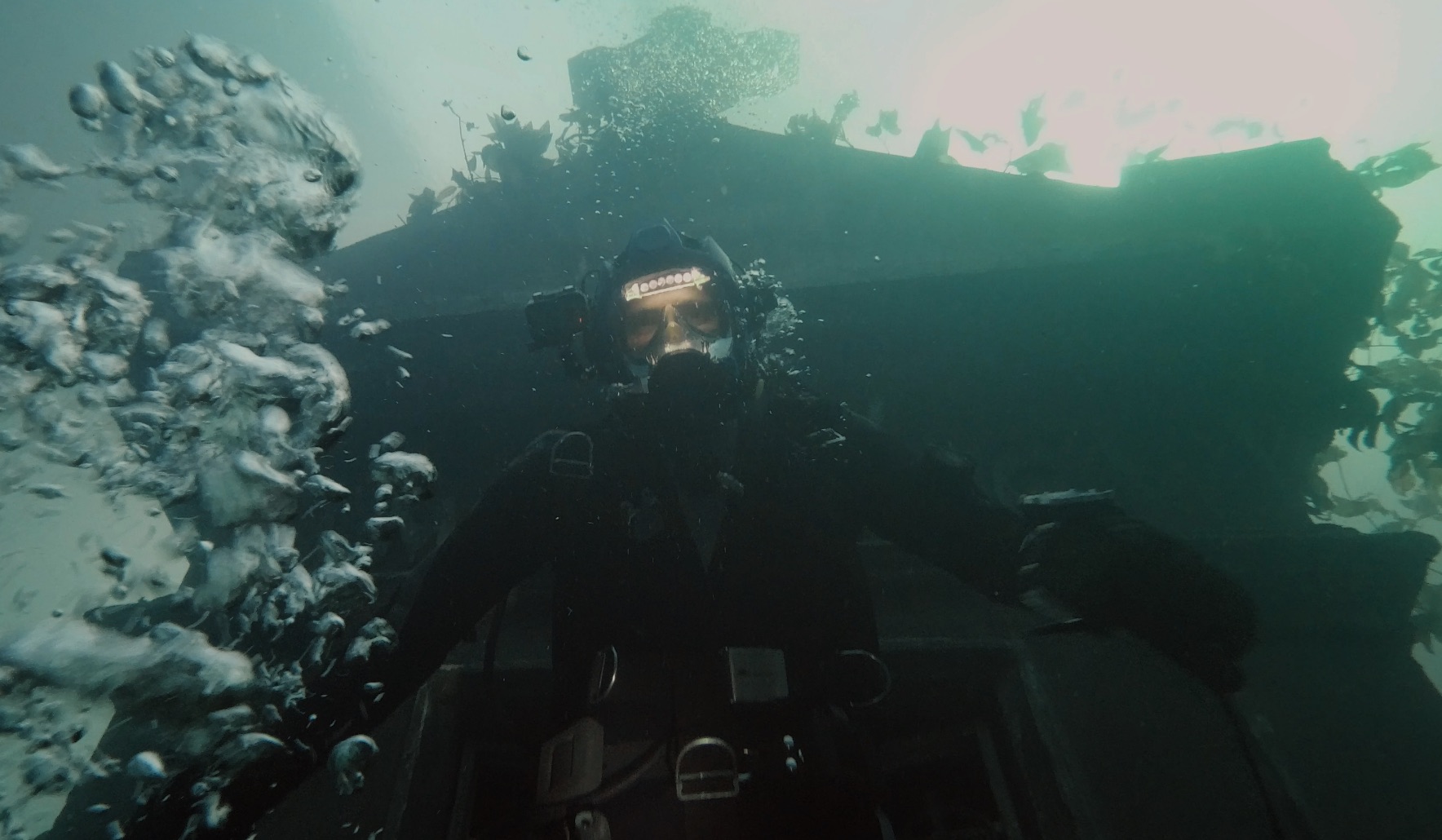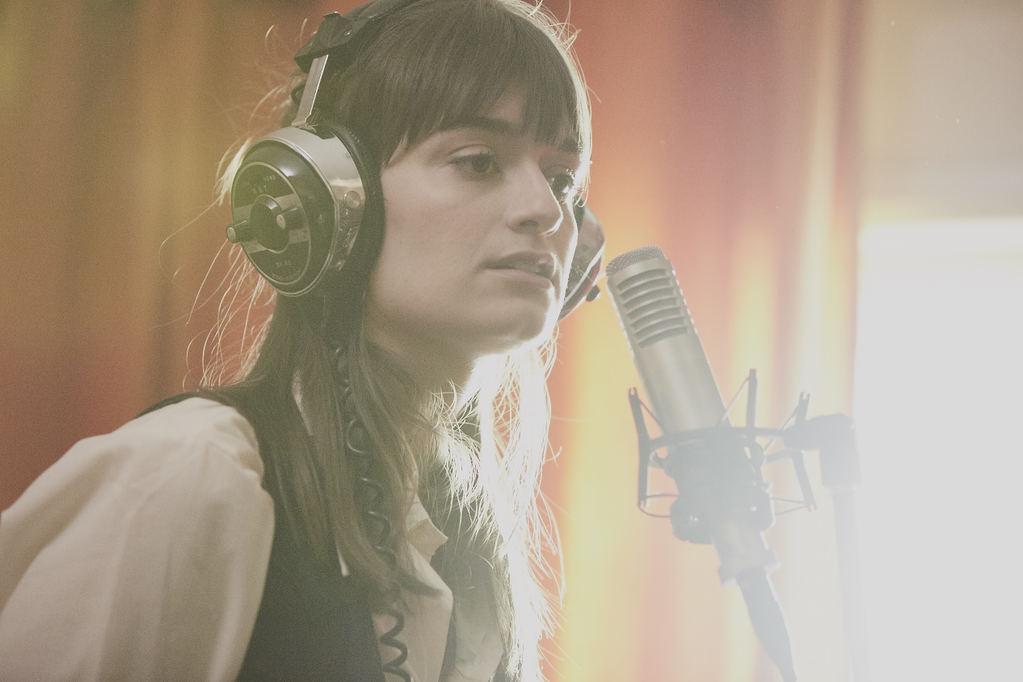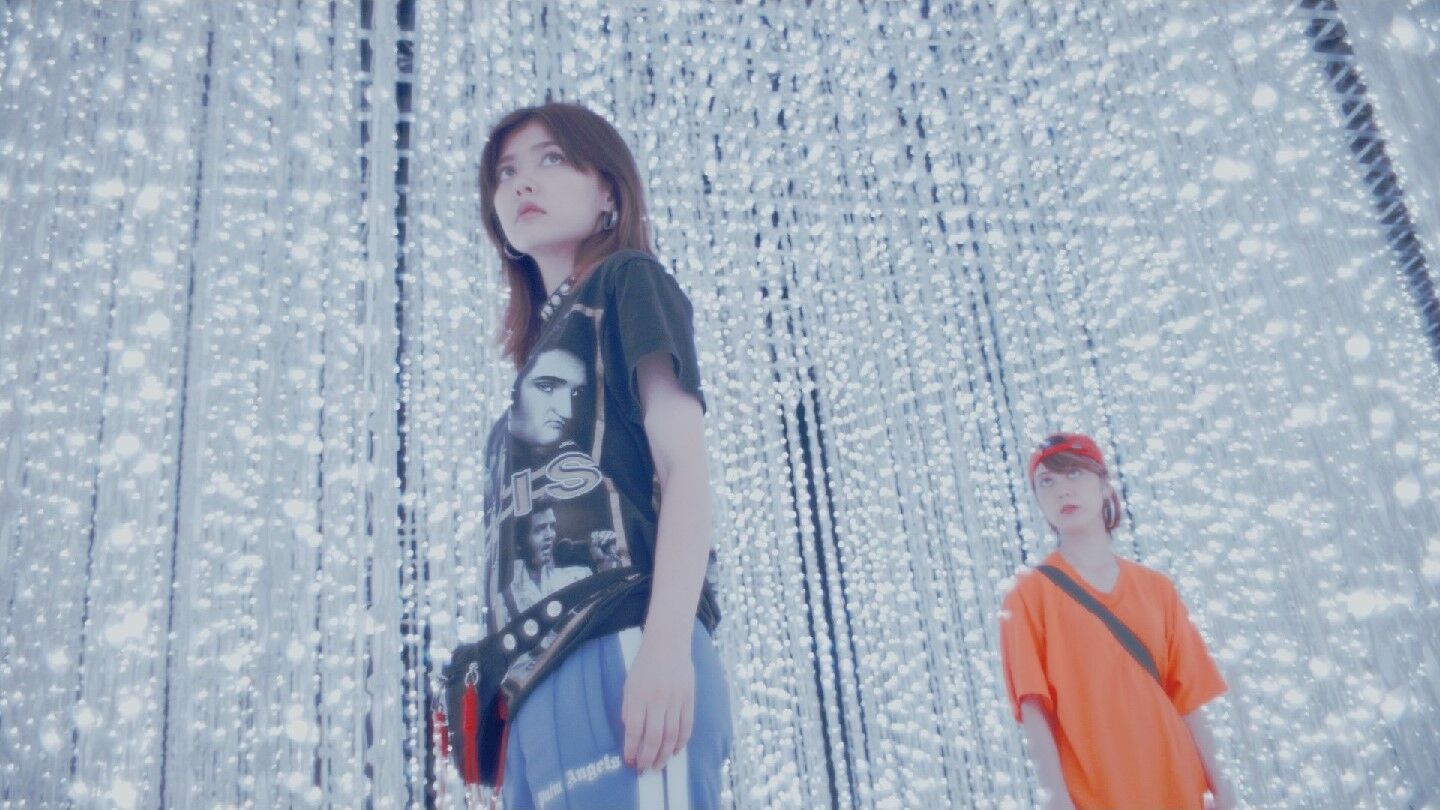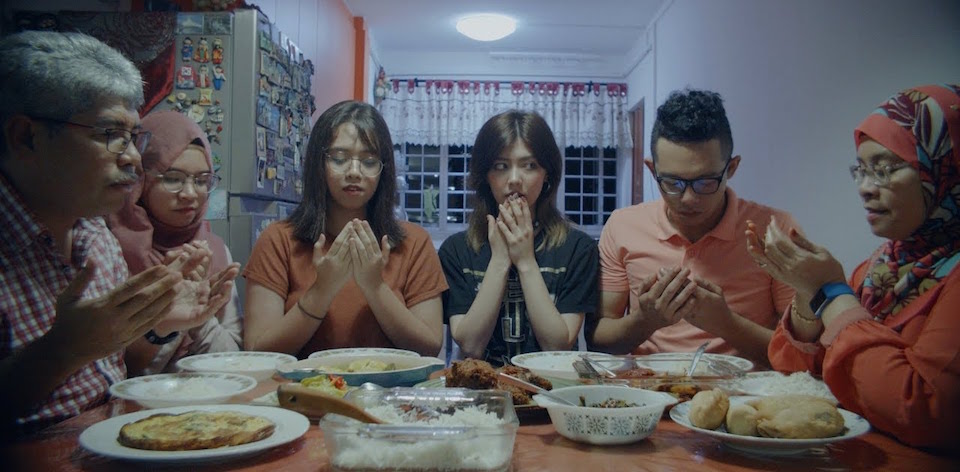CATS OF MALTA
 Tuesday, October 31, 2023 at 5:49PM
Tuesday, October 31, 2023 at 5:49PM
With: Karmen Colerio, Michelle Degura, Salvu Gilson, Polly March, Nikki Micallef, Isaac Muscat, Matthew Pandolfino and Roza Zammit Salinos.
Director: Sarah Jayne Portelli
Rating: ★ ★ ★ ½

Director Sarah Jayne Portelli pivots a sweet-natured travelogue essay on the rampant strays of a central Mediterranean archipelago into a melancholic longing for traditional community values with her effortlessly lovely film, Cats of Malta. The personalities she profiles - feline or otherwise - combine in this charmingly irresistible testament to show one species can grow attached to another species, despite no reciprocation of affection whatsoever.
Maybe that is a little cynical (full disclosure - I’m a dog guy). There is certainly no denying that the expat Australian director has skilfully corralled an endearing collection of human and cat types, all bonded by their shared life on the island, and captured that coexistence against some truly flavourful location photography.
The opportunity to explore Malta’s ‘Cat Culture’ comes to Portelli through her own ancestry - the project came to life on an extended trip back to her homeland - but her insight is vast; the documentary ultimately reaches beyond its azure shorelines and defines how animals and humans bring out the best in each other. A key thematic component of the documentary is the mental health boost that the island’s co-living arrangement provides.
The director hints at the profundity of this interrelationship with her first subjects, a father-daughter pair who turned their lives upside-down to save Nanoo, a stray that had become a favourite of their patrons just by hanging around. It is revealed that the elderly gentleman feels a kinship with the cat, and many others like it, because he cared for strays with his late wife.

From this point, Cats of Malta paints a portrait of a place where kindness to fellow creatures is a cherished human virtue, and those who defy or deny the cats’ existence - the greedy developers, like those who demolished the iconic ‘Cat Village’; the cruel, dark-hearted types who deliberately maim or poison - are the true scourge of a modern society.
Portelli doesn’t address all the issues that might be raised when an island of 316 km2 (122 sq mi) - the tenth-smallest country by area - is populated by 100,000 cats. Not to be indelicate, but…surely there is an ‘odour’ problem? And the species as a whole is not exactly known for their silent ‘nighttime activities.’ More seriously, anti-cat advocates are denied right-of-reply when some of their actions are put under the spotlight.
All of which would unravel the sheer positivity at the heart of Cats of Malta, and that would be a shame. The joy that caring for and sharing life with the island’s four-legged fur-people is more than enough to sustain the upbeat narrative. Sarah Jayne Portelli captures a utopian existence for those who draw soul-enriching pleasure from caring unquestioningly, and of those who are happy to lap it up.
 Cats,
Cats,  Documentary,
Documentary,  Independent,
Independent,  International Film
International Film 